Life in Daisen
Life in Daisen — Dulcie Hall
2024-03-01
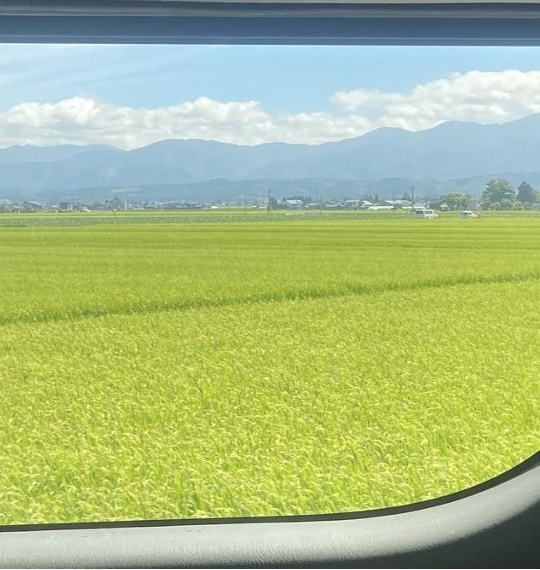
Everything about living in Daisen is exciting. Each season tells its own story, making it impossible to describe simply. I arrived in the midst of summer and was immediately hit by a thick, hot air as I stepped off the plane. Glaring through the window of the car into the city at what seemed like endless rice fields, I contemplated how the tropical climate felt so new to me. I had never seen such perfect, vast greenness in my life. A young, naive version of myself – completely unaware of what I was getting myself into, but eager to find out. I couldn’t take the smile off my face, as it started to sink in that this was my new home.
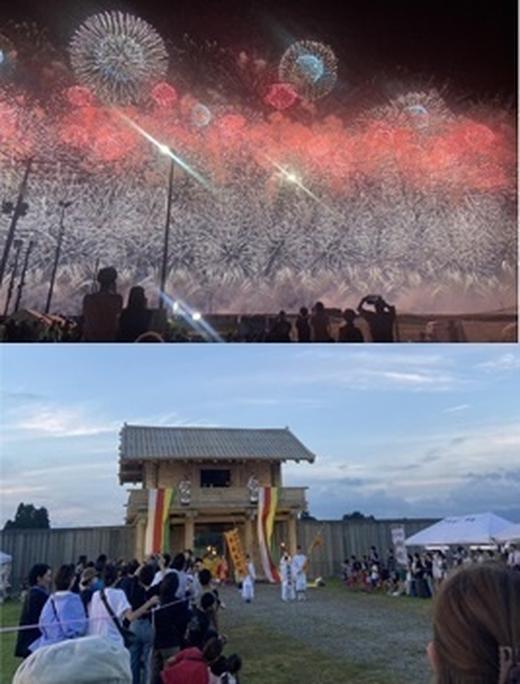
Within my first week, there were a number of summer festivals being held in the city. I was quickly thrown into the Japanese lifestyle; I enjoyed eating takoyaki and choco bananas from the local food stalls, drank Japanese larger along the river and watched traditional dance performances in a language that I couldn’t understand. From day one, the importance of tradition was clear in Daisen, and I admired not only the locals’ deep respect for these customs, but also the genuine joy they take in these rituals, even in their simplicity. Of course, Omagari Hanabi goes without mentioning; a spectacular firework display that’s renowned nationwide (and even worldwide) – a symbol of pride for the locals. This weekend is the busiest one will ever see Daisen, as thousands of people flock to see the explosions of colour over a backdrop of mountains. Executed with perfect attention to detail, this is not a weekend to be missed.
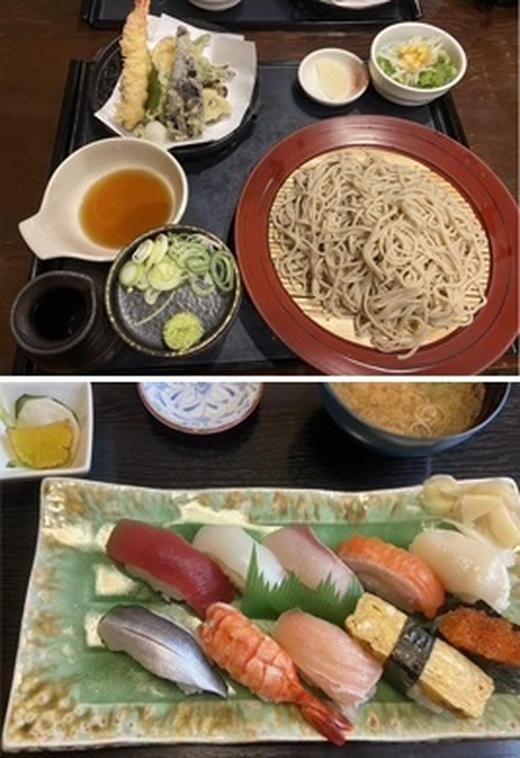
I also quickly learned the importance of food. Food is at the core of Japanese culture and is always a popular topic of conversation among the locals. My first meal in Daisen was at Kitano Suisan in Omagari, which serves soba set meals for lunch and is more izakaya-esque in the evening. Whilst initially slightly confused about how to use the array of dishes in front of me, their cold tenzaru soba has become one of my favourites on a hot summer’s day. I also recommend Nibosuke, a tiny ramen shop near Omagari station serving sardine-based ramen. If a ramen shop is tiny, a little run-down, with one old man running the place then the odds are the food is going to be amazing. From quaint izakayas serving up yakitori, family-ran sushi restaurants passed down through generations, to the healthy, meticulously planned school lunches, Daisen’s food brings people together.
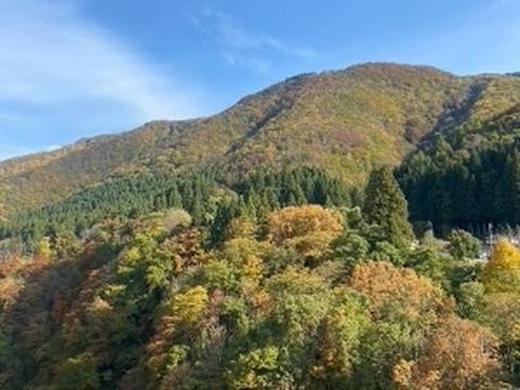
As my summer in Daisen was spent jumping from one air-conned haven to the next, and splashing my cash on electrolyte drinks from vending machines, I welcomed the cooler Autumn temperatures. Autumn colours in Japan are magical. I was told that the ‘koyo’ (the colourful Autumn leaves) are to the Japanese Autumn what cherry blossoms are to the spring. Surrounded by mountains, I only had to drive around the area to see the insanely beautiful shades of orange, red and yellow and leave my house every evening for a mesmerising sunset. I recommend taking a walk around the city, along the river and by the rice fields to absorb the fresh autumn air, and if you fancy venturing out of the city, check out Dakigaeri Valley and Tazawako in Semboku for stunning views of the changing leaves.
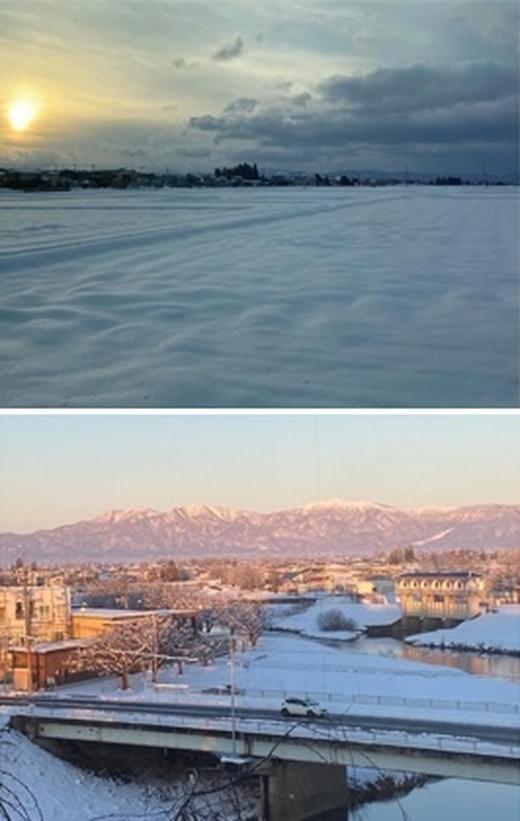
In what felt like an overnight switch, the days became shorter and the temperature dropped. Mornings were spent struggling to get out of the shower because of the bitter air outside, and bracing myself to dig my car out from under the snow before work. Aircon was traded out for jerry cans of kerosene to heat the house and a few too many nights were spent tucked under the kotatsu with mochi and hot tea. My morning commute to work began to resemble a Windows screensaver I used to have in 2012, with infinite blankets of white rice fields and frosted mountains in the distance. As a sprinkle of snow usually results in a complete shutdown of the UK – closures of schools and cancelled transport – I was extremely excited to experience the snow as a way of life, like they do here in Akita. In Daisen, snow season means skiing, snowboarding, snow trekking, and time to indulge in winter delicacies.
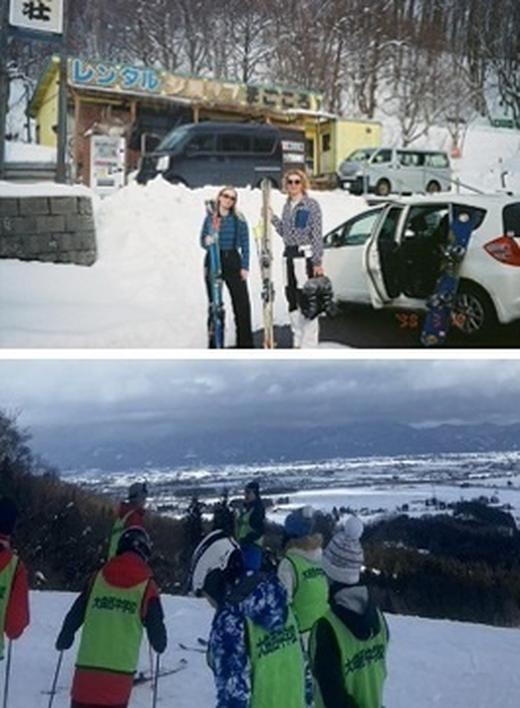
In Daisen, you can enjoy skiing at Ohdai Ski Resort and Family Ski Resort (the latter conveniently a 10-minute walk from the junior high school where I teach). I’d never been skiing before living here, but the beautiful scenery, powdery snow conditions, ease, accessibility and the astonishingly reasonable prices for rental equipment provided the perfect opportunity to learn. I was also lucky enough to join ski lessons during P.E with my students. The very fact that skiing is a part of the school curriculum is a very foreign, extraordinary concept to me, so I was very excited to join in. Obviously, the kids flew past me, having skied pretty much since they could walk, but I will always remember that experience fondly.
Skiing became a part of my weekly routine. I went every weekend in Daisen or around the prefecture, until I was both fulfilled and exhausted. By the end of the season, after many falls and unintentional flips, I can just about say that I’m alright. But I can confidently say that skiing made the long winters fly by. My favourite end to a day on the slopes was a dip in one of Daisen’s many onsens. A rotenburo (an outdoor bath), a cold-water bath and a reasonable price are essential contributors to my ‘elite onsen’ checklist. Both Dakenoyu onsen in Daisen and Sun R onsen in Misato (just outside of Daisen) have all of the above, at only 500 yen per visit. Whilst the nude aspect of onsens may feel a little uncomfortable at first, I learned to love the onsen way of life and I’m unsure if anything will ever top my levels of relaxation at those times.
Skiing became a part of my weekly routine. I went every weekend in Daisen or around the prefecture, until I was both fulfilled and exhausted. By the end of the season, after many falls and unintentional flips, I can just about say that I’m alright. But I can confidently say that skiing made the long winters fly by. My favourite end to a day on the slopes was a dip in one of Daisen’s many onsens. A rotenburo (an outdoor bath), a cold-water bath and a reasonable price are essential contributors to my ‘elite onsen’ checklist. Both Dakenoyu onsen in Daisen and Sun R onsen in Misato (just outside of Daisen) have all of the above, at only 500 yen per visit. Whilst the nude aspect of onsens may feel a little uncomfortable at first, I learned to love the onsen way of life and I’m unsure if anything will ever top my levels of relaxation at those times.
Before I knew it, the snow began to melt, and the flowers began to bloom. Schools, supermarkets and shops became ‘sakura’ themed which meant that spring was around the corner. In Daisen, we’re lucky enough to get all the beauty, without the masses of people in more populated areas of Japan. You only have to take a walk around the city or bike along the river to see sakura-lined streets in all their glory. One of my other favourite spots in Daisen in springtime is Himegami Park. It’s only a short hike to the top of the mountain overlooking the city I now call home. You can see an array of wildflowers, trees, landscapes and some fluffy animals if you’re lucky (or unlucky). A tall tower sticks up above the mountain, which is usually my signal to tell me that I’m nearly home during weekends that I’ve done a road trip away. With lovely views and the occasional hidden shrine along the way, Himegami is a must-do activity in spring. Every season in Japan has its perks, but spring is pretty mesmerising.
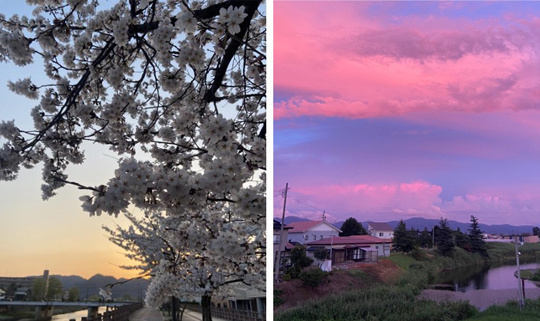
Now, summer is just around the corner and I’m preparing to experience each season all over again - a lot more experienced and a less naive version of myself. I could talk forever about impressive places to visit in Daisen, but it’s truly the small, everyday aspects that make it so special. It’s the kindness of the locals – feeling so wholly welcomed and taken care of, despite differences in culture and language. It’s bumping into excited students at the shops, rambling words at a speed too fast for me to understand. It’s making friends with the local shopworkers purely because you go every week, and it’s being taught Japanese by local volunteers, giving up their time weekly to help me.

Life in Daisen is simple and slow-paced. With its simplicity comes an overwhelming sense of community, comfort and contentment that makes Daisen truly feel like a home away from home. I know that I’m biased, so come and experience it for yourself.
